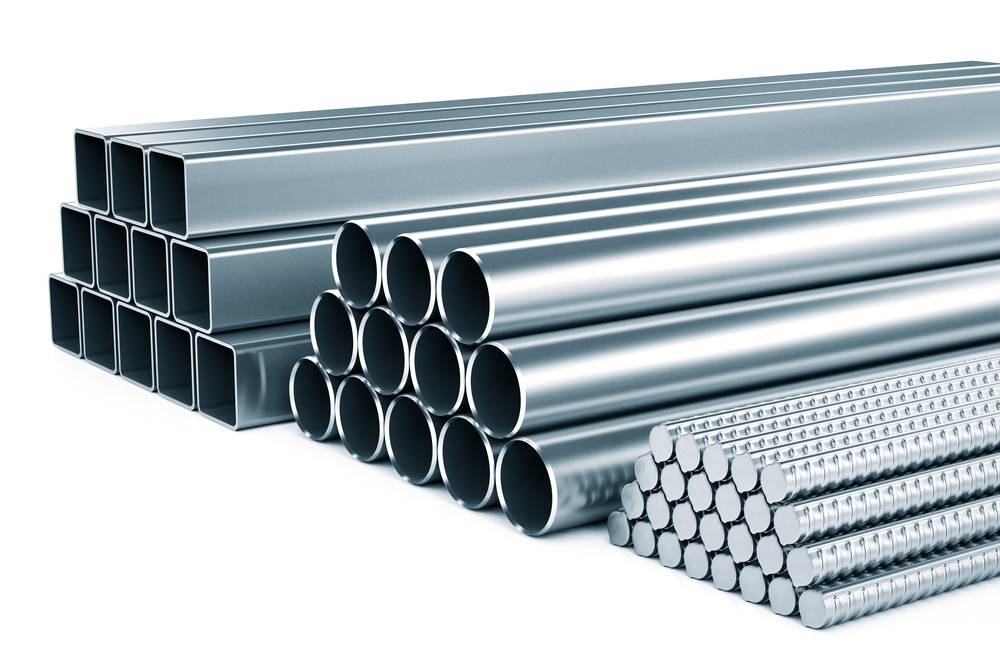
The main advantages of plastic pipes
(1) Good chemical stability, not affected by environmental factors and medium components in the pipeline, and good corrosion resistance.
(2) Small thermal conductivity, low thermal conductivity, thermal insulation, and good energy-saving effect.
(3) The hydraulic performance is good, the inner wall of the pipe is smooth, the resistance coefficient is small, it is not easy to foul, the flow area in the pipe does not change with time, and the probability of pipe blockage is small.
(4) Compared with steel pipes, it has low density, light material, convenient transportation, easy installation, flexibility, simplicity, and easy maintenance.
(5) It can be naturally bent or has cold bending performance, and the coiled tube supply method can be used to reduce the number of pipe joints.
Disadvantages of plastic pipes
(1) Poor mechanical properties, poor impact resistance, poor rigidity, and poor straightness, so the density of pipe clamps and hangers is high.
(2) Poor flame retardancy, most plastic products are flammable and thermally decomposed when burning, releasing toxic gases and fumes.
(3) The thermal expansion coefficient is large, and the expansion and contraction compensation must be emphasized. Therefore, while promoting plastic pipes, it is also necessary to develop technology to overcome its shortcomings.

Advantages and disadvantages of metal pipes
Galvanized steel steel
The replacement of galvanized steel pipe does not mean that metal pipes are replaced, nor does it mean that galvanized steel pipe is replaced in the entire building water supply field. Galvanized steel pipe will also be used in fire water supply systems, especially automatic sprinkler systems due to their low price, superior performance, good fire resistance, and long service life. Plastic pipes (with low pressure) should not be used in fire protection. Water supply system and life-fire protection, production fire protection system application.
Copper pipe
The most advantageous metal pipes are copper pipes. Copper pipes have been used for a long time and have many advantages. The pipes and fittings are complete, and the interface methods are various. They are mostly used in hot water pipelines. The main problem at present is the folding of copper. The output is easy to exceed the standard.
Cast iron pipe
Compared with steel pipes, cast iron pipes for water supply have the advantages of not easy corrosion, low cost, and good durability, and are suitable for buried laying. The disadvantage is that it is brittle, heavy, and small in length. The connection method generally adopts a socket connection. Clamp-type cast iron drainage pipe is a new type of construction drainage pipe, which entered the international market in the 1960s. After decades of promotion and application, this pipe has been generally recognized internationally. Compared with the traditional socket-type cast iron drainage pipe, this kind of pipe has many advantages, and it is a kind of replacement product, but because the price of this kind of pipe and accessories is relatively expensive, it has not been popularized in China.